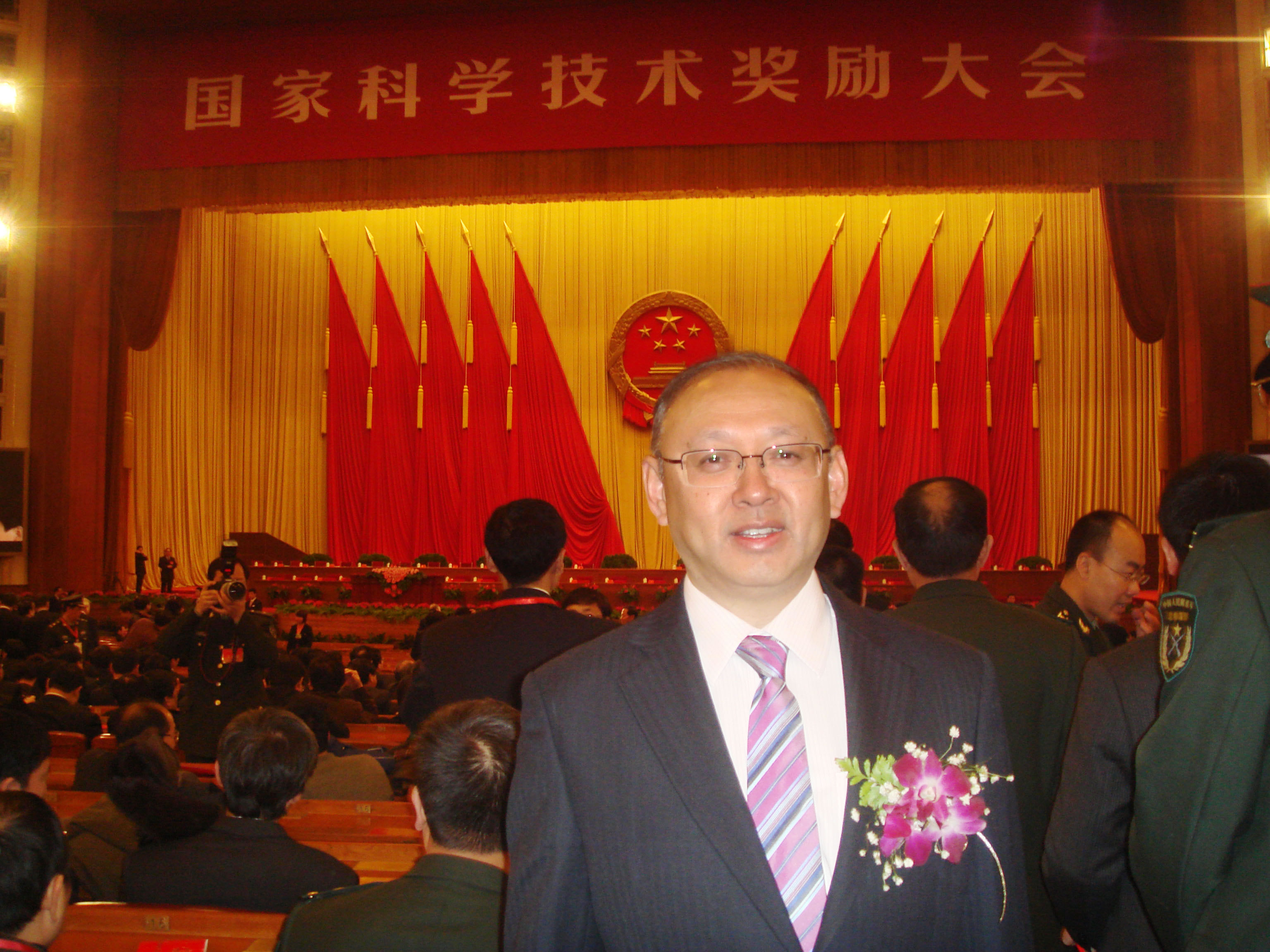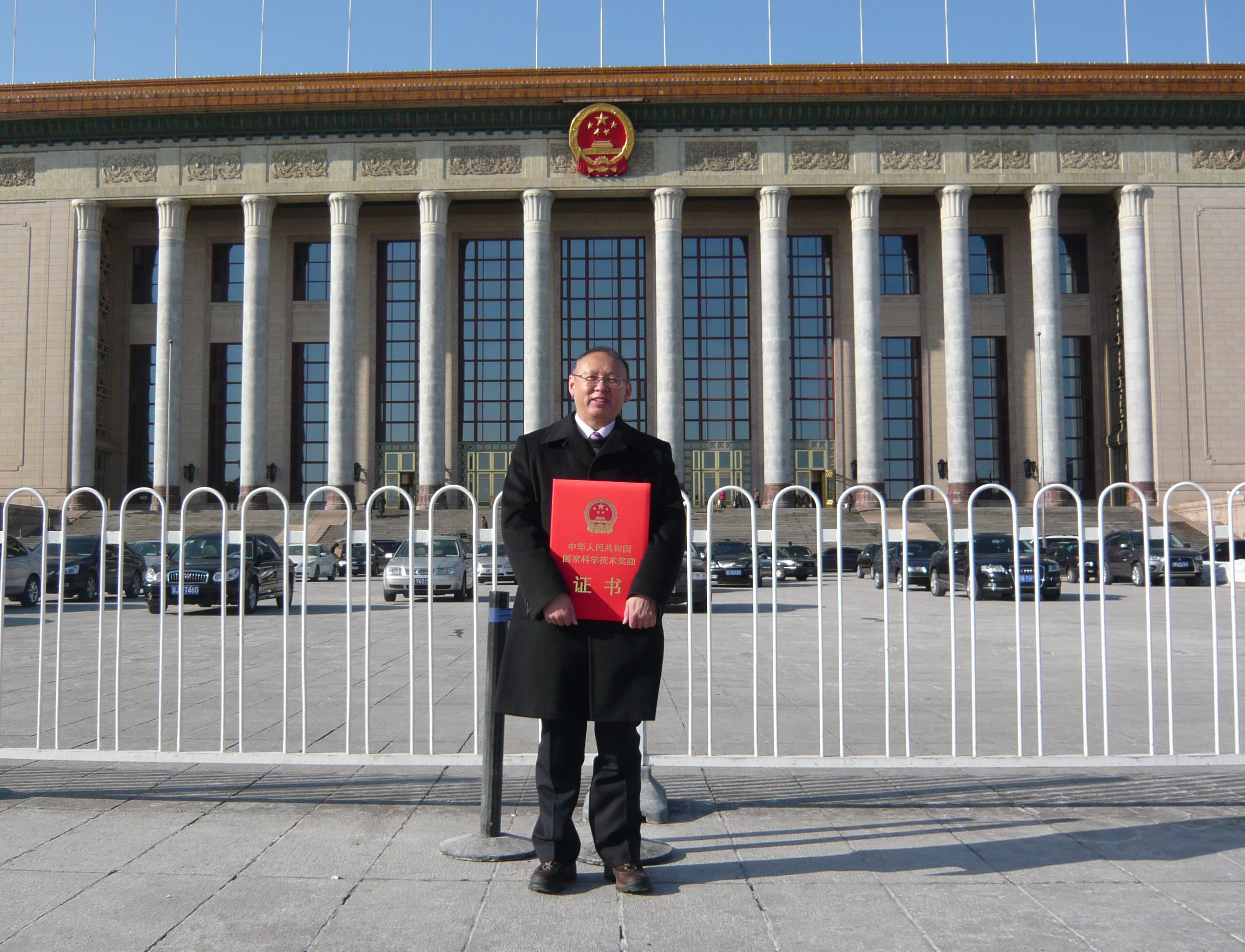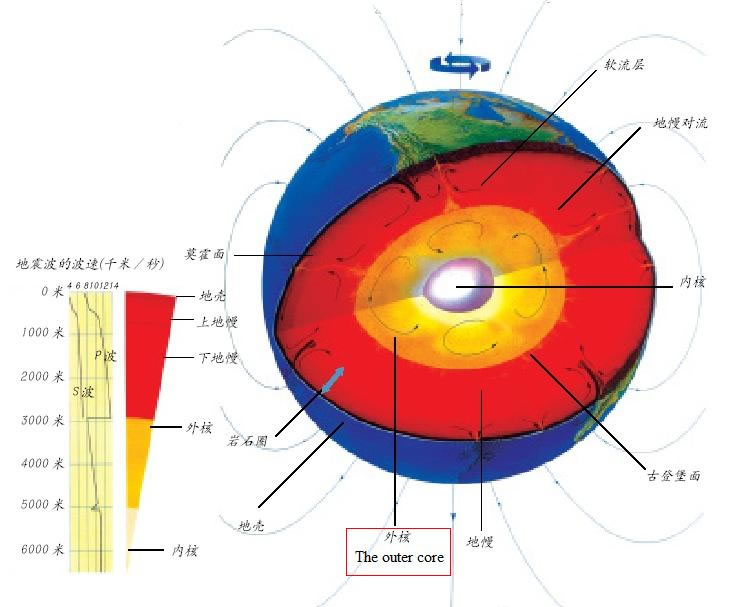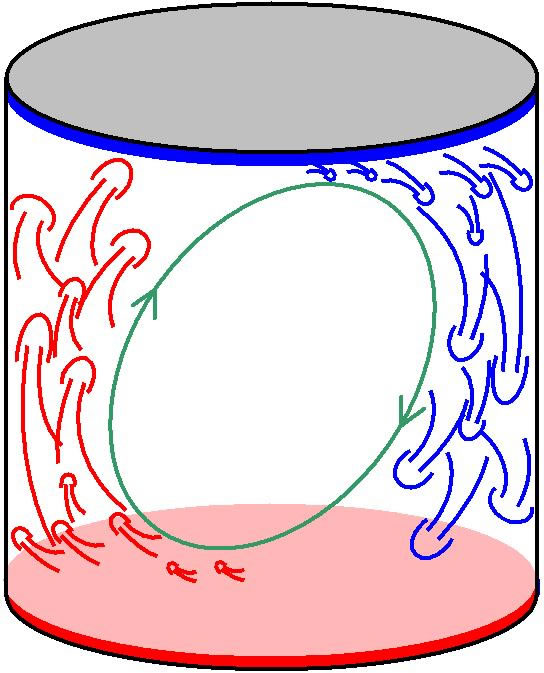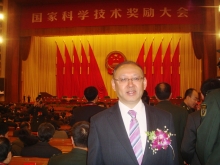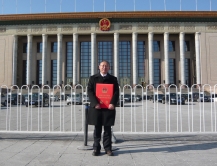CUHK
News Centre
CUHK Physics Professor Xia Ke-Qing Awarded State Natural Science Award
Prof. Xia Ke-Qing of the Physics Department of The Chinese University of Hong Kong (CUHK) has won the second-class award of the 2009 State Natural Science Award (SNSA) with his ‘Experimental Studies of Turbulent Thermal Convection’. The award presentation ceremony was held today (11 January) in Beijing.
Turbulence is everywhere around us, and plays an important role in motions involving fluids. It also influences the way heat is transferred. The findings and discoveries of Professor Xia’s research have shed light on the nature of fluid turbulence, which is regarded as the last unsolved problems in classical physics. They also provide insights into the natural phenomenon of thermal convection that occurs widely in geophysical and astrophysical systems. Apart from this, the findings enhance people’s understanding of the important processes of heat transfer and mixing in engineering applications.
Turbulent thermal convection is an important scientific topic. It plays an important role in the understanding of complex natural phenomena, such as polarity reversal in geomagnetic field, atmospheric circulation and oceanic circulation, etc. Take polarity as an example. Its stability is of crucial importance to sailing and aviation, as well as to animals such as birds. Millions of living creatures on the Earth will be greatly affected should polarity reversal takes place.
According to the palaeomagnetic record of the Earth, the geomagnetic field has experienced several hundred polarity reversals during the past 160 million years, and the most recent one occurred at about 780,000 years ago. It is generally believed that these events are related to turbulent thermal convection of the molten iron in the Earth’s outer core. As it is not possible to make direct observations, it is essential that laboratory experiments and numerical simulations are made to mimic convections in the outer core, so as to gain knowledge of the dynamics of the core convection and the variations of the geomagnetic field.
As an expert in the studies of fluid turbulence, Professor Xia discovered that thermal plumes are responsible for the initiation and sustentation of the large-scale circulation (LSC), and that the LSC is driven by the buoyancy of plumes. The LSC in turbulent convection also shares certain characteristics with convections in the mantle and the outer core of the Earth. Professor Xia’s group is the first to systematically study the azimuthal motion of the LSC. Their study also reveals that the flow reversal of the LSC shares some statistical properties with the polarity reversal of the geomagnetic field. As the Earth’s magnetic field is believed to be generated by the turbulent thermal convection of its liquid outer core, these results provide insight into the reversal phenomenon of the geomagnetic field.
Through high-precision heat transport measurements over an unprecedented range of the Prandtl number (Pr), Professor Xia has shown that the Nusselt number Nu (dimensionless heat flux) decreases with increasing Pr for high values of Pr, thus settling a long-standing issue regarding whether Nu should decrease with Pr or is simply independent of it. This work has now become the reference experiment for the Nu-Pr relationship, contributing significantly to the understanding of turbulent heat transfer.
Professor Xia has also developed a novel technique that can be used to accurately measure the velocity in coupled boundary layers. With this technique, Professor Xia measured the velocity boundary layer thickness and its dependence on several control parameters. These results play a key role in invalidating some earlier popular models and have become the standard reference data.
Professor Xia is honoured to be awarded the SNSA, ‘The award shows that the state is attaching great importance towards basic scientific research. It is also very encouraging to receive recognition for the decade of hard work by our research team. I would like to thank members of my research team and my collaborating partners for their contributions. Next, I will carry out studies on horizontal convection and moist convections. Horizontal convection is a conceptual model for the study of large-scale oceanic circulation, which will help us better understand the transport and mixing processes in the oceans, whereas the study of moist convection is important for the understanding of rain drop and cloud formations.’
Organized by the State Council, the award is the highest honour given by the Central Government in recognition of advancement in basic scientific research. In 2009, 127 research projects were short-listed for the award. After a stringent selection process, a total of 27 research projects were presented the second-class prize, including the one led by Professor Xia.
Over the years, a total of 10 CUHK professors have received the SNSA. Two two-time winners are Prof. Xie Zuowei of the Department of Chemistry (second and third-class awards) and Prof. Chan Hsiao-chang of the Department of Physiology (second and fourth-class awards); Prof. Leung Yee of the Department of Geography and Resource Management, Prof. Henry Wong, Prof. Wu Chi and Prof. Jimmy Yu of the Department of Chemistry, and Prof. Dennis Lo of the Department of Chemical Pathology (second-class award); Prof. Thomas Mak of the Department of Chemistry and Prof. Tony Lee of the Department of Information Engineering (third-class award); and Prof. Patrick Wong of the Department of Physiology (fourth-class award).
It is generally believed that the genesis of the geomagnetic field and its occasional polarity reversal is related to turbulent thermal convection of the molten iron in the Earth’s outer core (Source: http://wiki.lets-study.com/)
A diagram showing a turbulent thermal convection experiment conducted in a sealed environment. Fluid at the bottom is heated, thus thermal plumes are formed to ascend (red arrows), while fluid at the top layer is chilled to form cold plumes that descend (blue arrows). The plumes are found to be responsible for the formation of large-scale circulation (green arrows)


